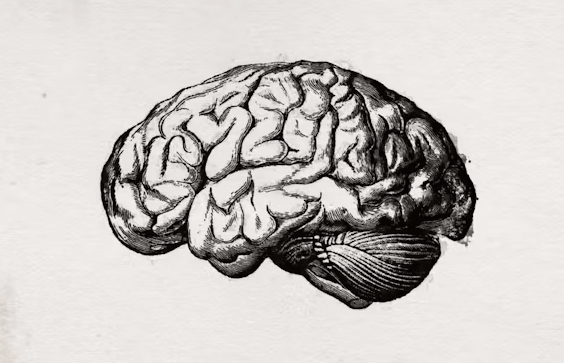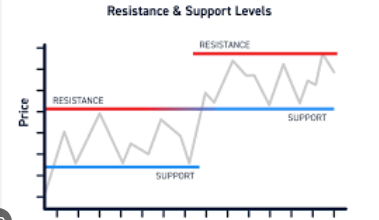Drawing:Ghyyk3cw_2e= Brain

The intricate relationship between Drawing:Ghyyk3cw_2e= Brain and cognitive function invites a closer examination of how artistic expression shapes our mental landscape. Engaging in drawing not only activates various neural pathways but also enhances creativity and problem-solving capabilities. This multifaceted interaction suggests that the act of drawing can serve as a powerful tool for emotional communication and self-discovery. Yet, the implications of these findings extend beyond mere creativity; they raise questions about the broader impact of art on cognitive development and personal growth. What further insights might emerge from exploring this dynamic interplay?
The Science of Drawing
The intricate relationship between the brain and the act of drawing unveils a fascinating tapestry of cognitive processes that illuminate our understanding of creativity.
Neuroscience techniques reveal how visual perception intricately shapes our artistic expression, enabling individuals to visualize concepts and emotions.
This synergy between neural pathways and the creative impulse fosters a profound sense of freedom, allowing artists to translate their inner world onto the canvas.
Cognitive Benefits of Art
Engaging in art provides a multitude of cognitive benefits that extend beyond mere aesthetic appreciation.
Through artistic expression, individuals enhance their creative thinking skills, fostering innovation and problem-solving abilities. This engagement stimulates neural pathways, encouraging flexibility in thought processes.
As one explores their creativity, they unlock new perspectives, ultimately enriching their cognitive landscape and promoting a sense of freedom in thought and expression.
Read Also Drawing:Feftsaxsc6a= Easy:8coumzthzms= Elephant
Emotional Impact of Drawing
While many may view drawing as a simple pastime, its emotional impact can be profound and transformative.
It serves as a powerful medium for emotional expression, allowing individuals to communicate feelings often left unspoken. This creative outlet provides a therapeutic release, enabling the exploration of complex emotions.
Ultimately, drawing can foster a sense of freedom, healing, and connection with oneself and others.
Enhancing Problem-Solving Skills
Drawing can be an invaluable tool for enhancing problem-solving skills, offering a unique approach to navigating challenges faced in various aspects of life.
Conclusion
In conclusion, Drawing:Ghyyk3cw_2e= Brain serves as a powerful conduit for cognitive and emotional growth, akin to a river carving its path through the landscape of the mind. By nurturing creativity and enhancing problem-solving skills, this artistic practice fosters resilience in the face of challenges. The therapeutic nature of drawing facilitates profound self-discovery and emotional expression, ultimately enriching one’s understanding of the complexities of thought and feeling. Engaging in this art form becomes not just a pastime, but a journey toward deeper insight.






